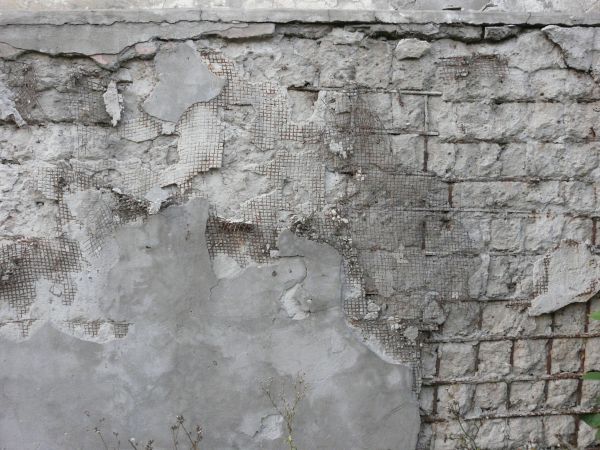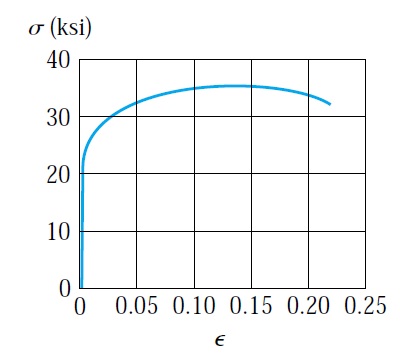Welding Techniques and Quality Inspection for Structural Steel Applications

Types of Welding There are different types of welding used in steel structures, one of the most common being arc welding . In arc welding, the process uses a welding rod (electrode) to generate heat through an electric arc. The heat melts both the base metal and the tip of the electrode, allowing molten droplets of the electrode to deposit and fuse with the base metal. During this process, the weld area must be protected from atmospheric contamination. This protection is provided by inert gas or a vapor shield produced from the burning of the electrode coating. If this protective gas shield is not present, oxygen and nitrogen from the air may enter the molten weld metal, resulting in porosity , reduced toughness, and a brittle weld . Electrodes used in arc welding are classified into two types: Heavily-coated electrodes : Commonly used for structural welding, as they provide adequate shielding to protect the molten weld pool. Lightly-coated electrodes : Provide minimal shieldi...

















